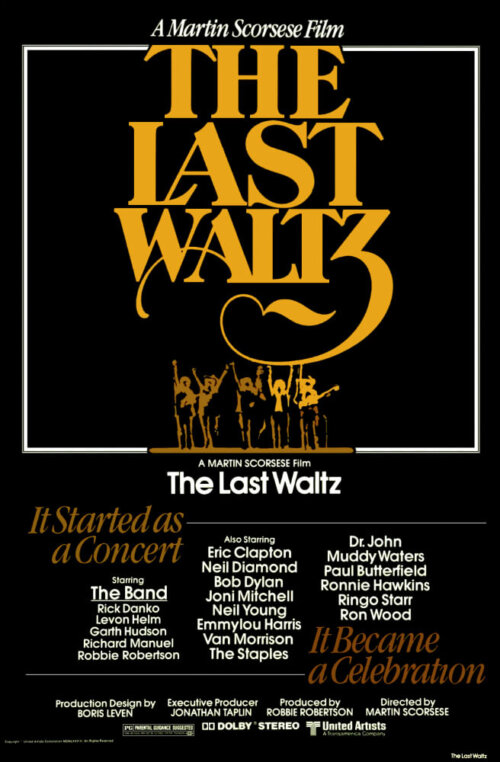Christopher Garbowski is an associate Professor at Maria Curie-Skłodowska University in Lublin, Poland. He is primarily interested in values and religion in literature and popular culture and is the author and co-editor of a number of books. He is also on the editorial board of Occasional Papers on Religion in Eastern Europe and The Polish Review.

